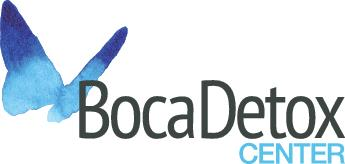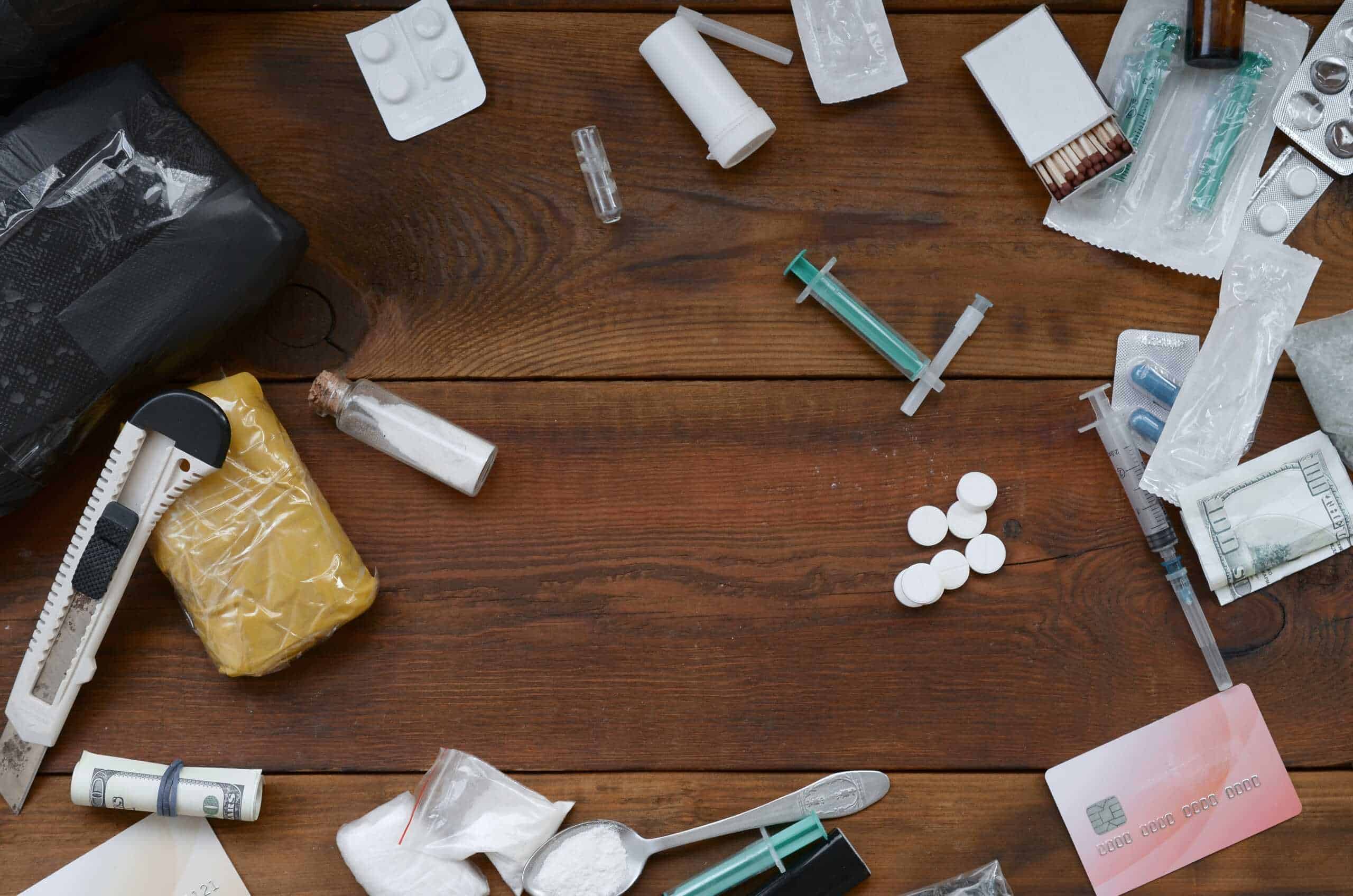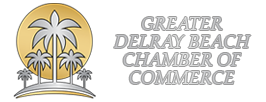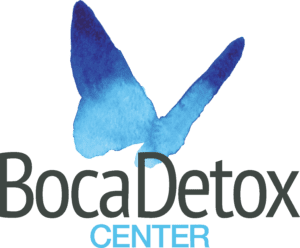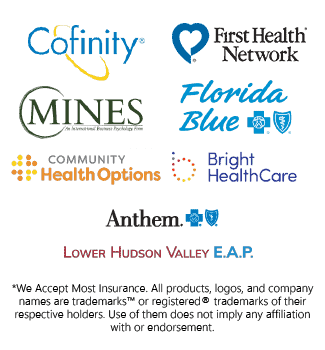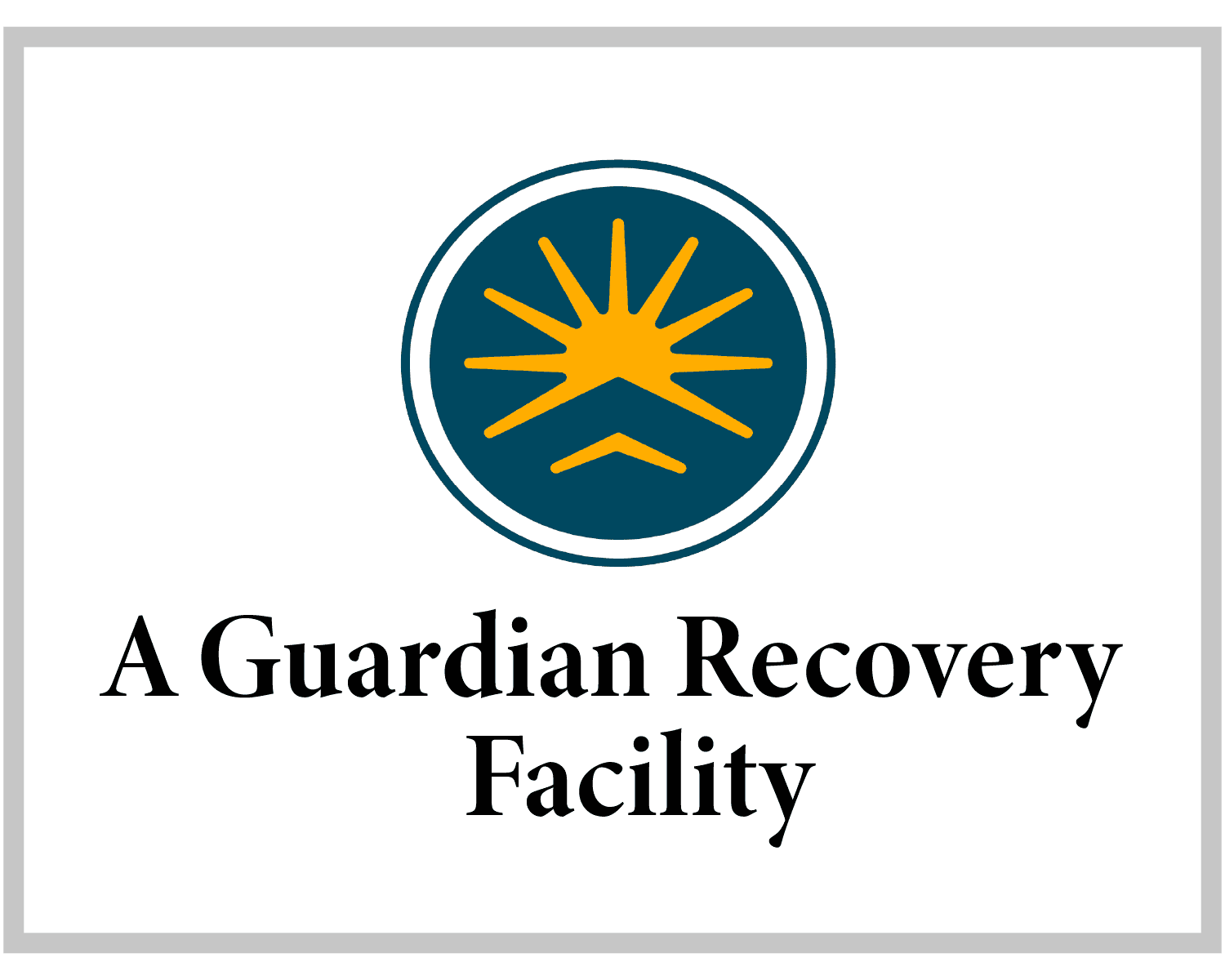Don’t Fall for the Cute Names, Substance Cocktails are Lethal
Palm Beach County is located in the southeastern part of Florida and lies directly north of Broward County and Miami-Dade County. The county is home to many of Florida’s most popular communities, including West Palm Beach, Boynton Beach, Delray Beach, and Boca Raton. There are beautiful beaches and attractions such as museums, boat shows, the Lion Country Safari, and the Palm Beach Zoo & Conservation Center.
Many tourists come to Florida to enjoy the sites and scenes Palm Beach County offers. However, Florida is also well-known for its drug and alcohol use. Boca Detox Center wants to answer the question, what are the most commonly used drugs in Palm Beach County? In addition to understanding the top-used drugs, Boca Detox Center will examine why these drugs are popular and how to seek addiction treatment.
If you or someone you love has a substance use disorder, Boca Detox Center is available to help. We are dedicated to providing the most comprehensive and individualized medically monitored detox program. To learn more about our programs, contact us today.
What Are the Most Commonly Used Drugs in Palm Beach County, FL?
According to drug trends of Palm Beach County’s Sheriff’s Office, here are the top drugs used in 2017 in Palm Beach County, Florida.
Most Common Drugs Used in Palm Beach County, Florida:
- Cocaine.
- Heroin.
- MDMA.
- Marijuana.
- Hydrocodone, Vicodin, oxycodone, Xanax, and methadone.
- Fentanyl.
Palm Beach County’s Sheriff’s office reported that cocaine use is the primary drug threat in South Florida.
South Florida is the number one point of entry for South American heroin.
MDMA, also known as “club drugs,” has a misconception of being safe. However, MDMA or “ecstasy” has been found to permanently impact dopamine levels in the brain leading to lifelong depression.
Why Are These Drugs Popular in This County?
A reason drugs such as cocaine, heroin, and fentanyl are popular in Palm Beach County, Florida, is because of polysubstance abuse.
Polysubstance abuse is when multiple drugs are ingested at the same time. This can occur intentionally or unintentionally. In 2017, the DEA reported the average purity level of seized cocaine was only 61.5%.
There are several different substances people use to cut cocaine. Examples include laxatives, caffeine, creatine, and laundry detergent. It is also possible drug dealers may decide to cut cocaine with other drugs such as marijuana, heroin, LSD, and PCP. This is dangerous as it can heighten cocaine’s effects or increase the likelihood of an overdose.
How Are Drugs Making Their Way Into the State?
Many drugs trafficked into Florida are coming from South America. Cocaine is one of the most frequent drugs brought into South Florida. There are various ways drugs are making their way into the state. According to Palm Beach County’s sheriff’s office, here are the most common ways drugs are brought into South Florida.
Drugs Smuggled Into Palm Beach County, Florida:
- Private boats.
- Small planes.
- Cargo freight.
Which County in Florida Has the Highest Drug Use?
According to the Florida Department of Health, the following counties have consistently been high in Florida for drug overdoses. The top 5 counties in Florida for drug or alcohol overdoses in 2021:
- Palm Beach (556).
- Pinellas (539).
- Duval (535).
- Brevard (333).
- Miami-Dade (320).
From 1999–2016, Floridians were 22 percent more likely to die of a drug or alcohol overdose than the average American. Florida ranked thirteenth in the country based on its overdose death rate.
What Are the Demographics of Drug Users in Palm Beach County?
The Substance Abuse and Mental Health Services Agency (SAMHSA) reports treatment statistics for every state. In 2020, 45,620 patients were admitted to alcohol and drug rehab centers in Florida. Around 52% were male, and 48% were female.
Additionally, rehab admissions significantly increased. It’s estimated that just over 18,000 individuals checked into a treatment facility for opioid addiction. 11,000 individuals checked into rehab for treatment of alcohol addiction.
When comparing genders, men are twice as likely to be admitted to a treatment center in Florida than women. About 18% of total admissions are those who fall into the age group of 18 to 25 years old. However, addiction can develop in people of all ages and genders.
We Are Here For You
Let Us Help You Heal
Our detoxification experience is second to none.
Learn how we can help by speaking with one of our Treatment Advisors today.
How Does Florida Drug & Alcohol Use Compare to Other States?
Approximately 6.9% of young adults Florida citizens are using illicit drugs at any given time, which comes out to be about 136,000 individuals. Florida has struggled with substance misuse for years, but the pandemic only exacerbated these effects. Pasco County Sheriff’s Office reported 1,491 overdoses in 2020, a 71% increase from 2019.
According to data from the Centers for Disease Control and Prevention (CDC), more than 93,000 people died of a drug overdose in the United States in 2020 – the country’s highest overdose deaths ever recorded.
Of these numbers, 7,579 people died from a drug overdose in Florida, making Florida number two in the nation for overdose deaths, behind only California. This number is a 37% increase from 2019.
It’s estimated that, on average, 95,000 deaths were attributable to excessive alcohol from 2011-2015, and in Florida, alcoholism is a significant issue. Almost half of the people living in Florida suffer from alcohol dependency. A 2019 study found that 18% of adults in Florida engaged in heavy or binge drinking that year.
Despite the high occurrence of individuals who drink, more than 24,000 people sought professional help for alcoholism between 2015 and 2016. Approximately 18% of those who sought treatment for alcohol use disorder were individuals between 18 and 25.
The CDC reports that cases of alcohol poisoning in Florida are higher than in most other states in America. A National Survey on Drug Use and Health considered Florida the 29th ‘drunkest state.’
Overdose Statistics in Palm Beach County
The Palm Beach County Medical Examiner reports that between 2012 and 2016, there was an increase from 153 to 932 fatal overdoses where opioids were present, representing a 509% increase over the 5 years, while deadly overdoses where opioids were the cause of death rose from 143 to 569 during the same period, reflecting a 298% increase.
Local data from the Palm Beach County Medical Examiner’s Office revealed that in 2016 there were 569 opioid-caused deaths in Palm Beach County. This is compared to 2015, when there were 307 opioid-caused deaths in Palm Beach County, representing a 185% increase in just one year.
According to the Florida Medical Examiner’s Annual Report in 2015, Palm Beach County led the state in heroin deaths in 2015, with 158 deaths caused by heroin, accounting for 21% of Florida’s total heroin deaths.
The number of neonatal abstinence syndrome cases in Palm Beach County doubled from 2010 to 88 in 2014, with 74 for the first three quarters of 2015.
Prescription drugs account for 67.7% of all drug occurrences when alcohol is excluded. In Palm Beach County in 2015, there were 394 deaths caused by prescription drugs which is a 13% increase from 2014.
Call to Learn More
At Boca Detox Center, we remain dedicated to providing our clients with a comprehensive program of heroin and cocaine detox — one that focuses on much more than physical stabilization. In addition to emphasizing physical recovery, we tackle mental, emotional, and spiritual well-being. While we prioritize a safe and pain-free withdrawal, we offer individual, group, and family therapy sessions, case management services, relapse prevention training, and aftercare planning.
Contact us today if you or your loved one is ready to begin an entirely new way of life and commit to long-term recovery. As soon as you call, we start developing a plan of action that begins with an initial pre-assessment. This assessment helps us determine which level of care is the most appropriate for each unique case. We identify potential coverage options if our medically monitored detox program is a good fit. We work closely with most major regional and national insurance providers. Contact us today for a free, no-obligation insurance benefit check.
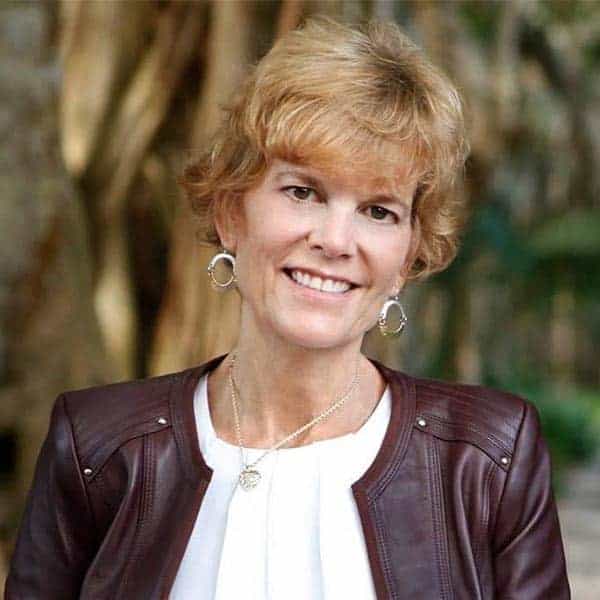
Reviewed for accuracy by:
Susan Shirley
LMHC
Serving as the Inpatient Clinical Director at Immersion Recovery Center, Susan will work directly with staff members, clients, and family members to ensure the clinical program remains as effective and individualized as possible. Susan is no stranger to the fields of behavioral health and addiction. She has over 25 years of experience, working in an inpatient setting, an outpatient setting, acute stabilization and nearly all other settings in the realm of addiction recovery.

